The Divisively Beautiful Gerald Genta Designed Credor Locomotive
Polarizing opinions only make the recent Locomotive remake worth a closer inspection and contemplation.
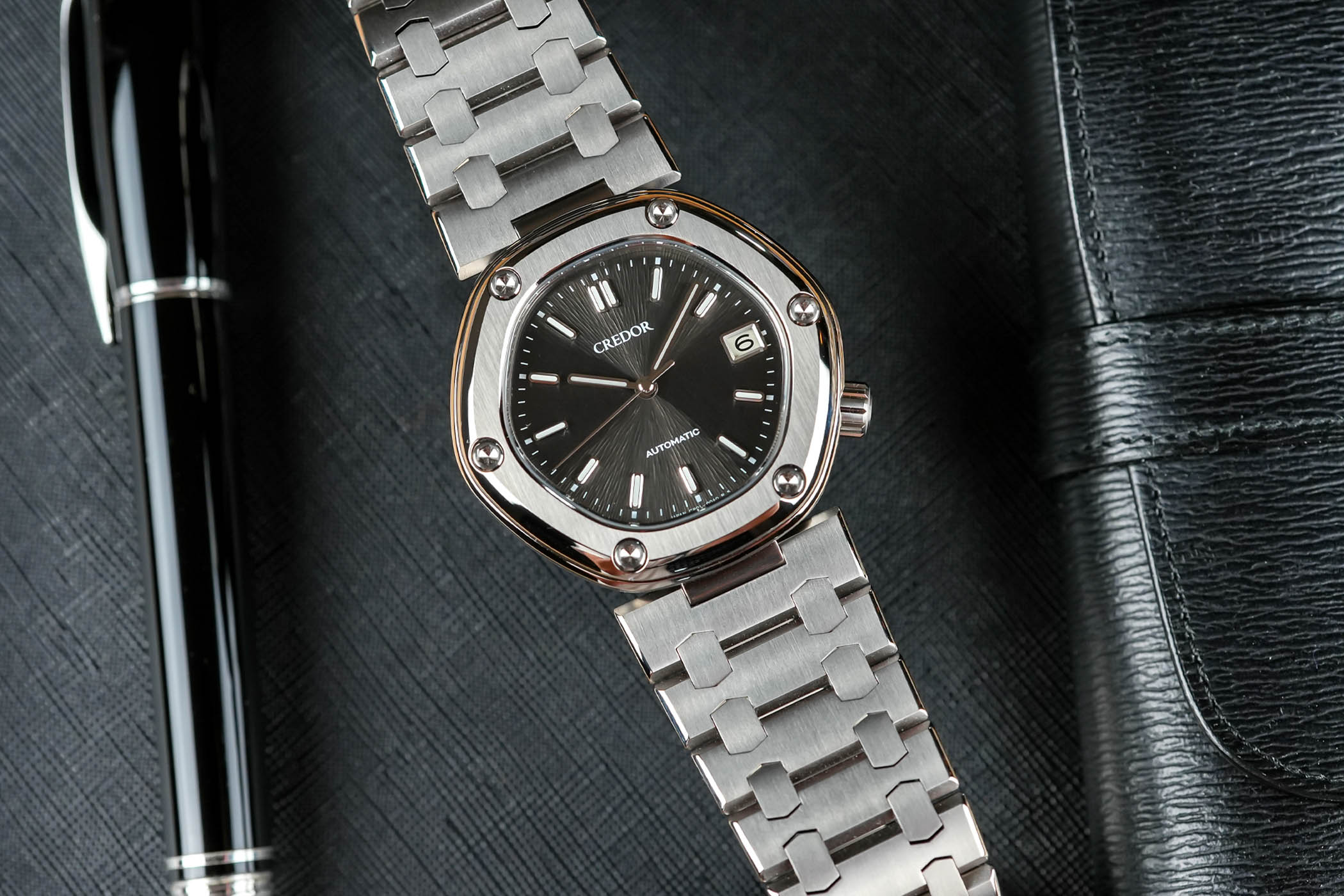
This year marks the 50th anniversary of Credor, a brand that began as Seiko‘s high-end line, offering timepieces crafted from precious metals. Today, Credor is renowned for its commitment to superior craftsmanship and aesthetic sensibility, which is evident in every aspect of its watches, from design to the intricate movements made up of countless minute components, as highlighted on the newly launched English version of the Credor website. Credor has unveiled several special models to celebrate this milestone: the Goldfeather Limited Edition, a special edition of the Eichi II, and the Locomotive. The Locomotive, a re-creation of the Gerald Genta-designed timepiece launched in 1979, has sparked a flurry of opinions since its public debut in June. Now, it’s time we share our impressions after a hands-on experience.
How did the renowned Swiss designer, whose portfolio by the late 1970s already included the Polerouter, the revamped Constellation, the Royal Oak, the Nautilus, and the Ingenieur, come to create a watch for a Japanese company? Especially one like Seiko, which at the time was leading the charge in the quartz revolution that threatened to upend the entire Swiss watchmaking industry, exacerbated by the rising cost of the Swiss franc, production, raw materials, and labour.
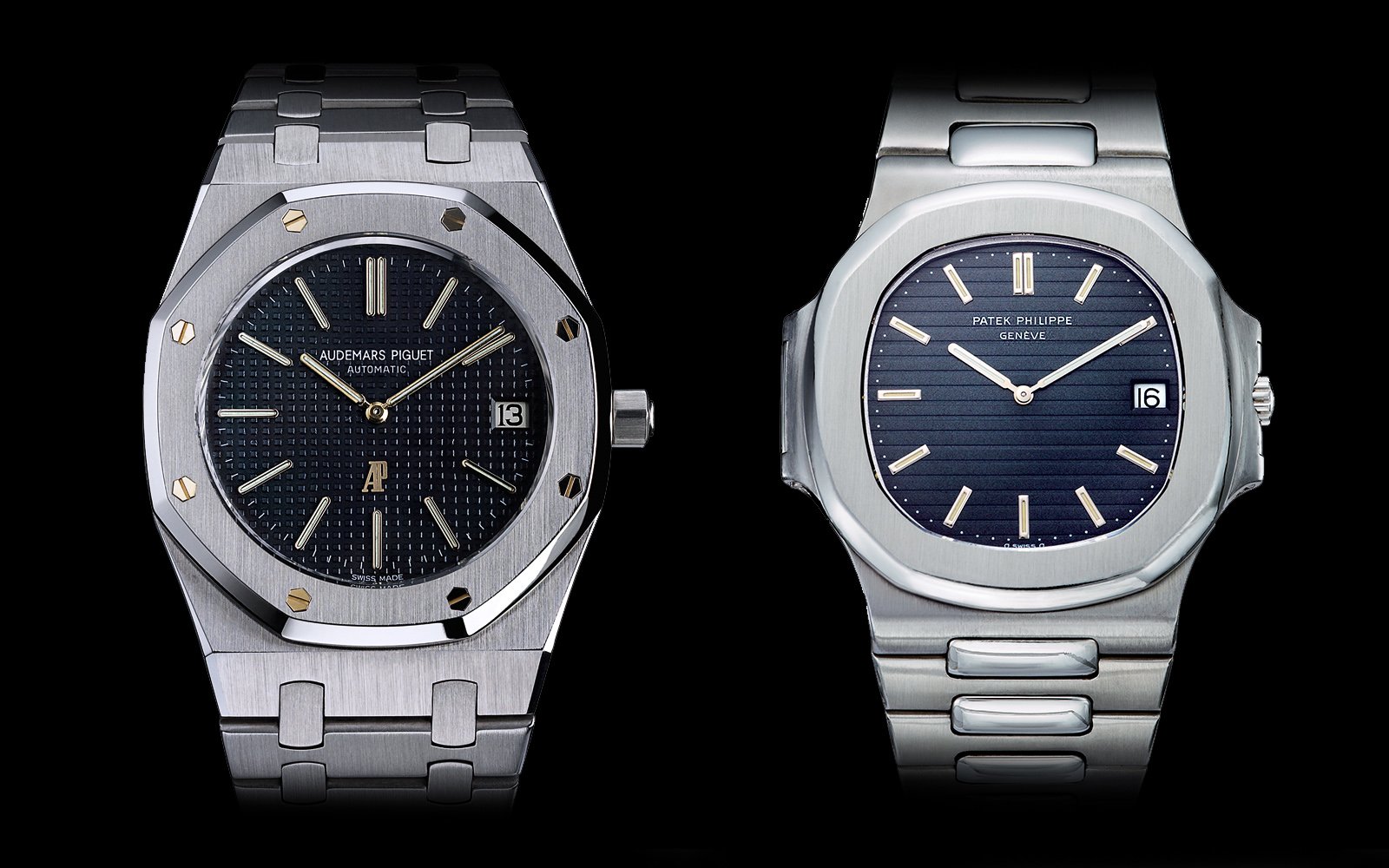
The answer lies in Gerald Genta’s deep love for Japan. He travelled East frequently, initially as a tourist, and over time developed a strong friendship with Reijiro Hattori, the grandson of Seiko’s founder. Hattori, a great admirer of Genta’s work, welcomed him to Seiko on numerous occasions throughout the 1970s. Genta engaged with Seiko’s design teams, and this relationship eventually culminated in the creation of a watch designed at Hattori’s personal request.
For Genta, a true artist, corporate rivalries and national borders must have held little significance. What mattered was the opportunity to express his creativity. Seizing this chance, Genta undertook the project, staying deeply involved until the watch was ready for launch. He named it “Locomotive,” not to conjure images of a steam engine but rather to evoke the idea of a driving force – hoping it would inspire Seiko’s designers and craftsmen to cultivate a distinct identity. And Genta’s identity, to a great degree, was revealed by the original Locomotive and retained in this year’s anniversary remake, with some meaningful updates.
The new Credor Locomotive closely mirrors the original 1978 design – which fits seamlessly into the brand’s historical catalogue. I’d go so far as to say that Credor’s 1985 Lineacurva and 1987 Entrata series seem to carry some of its DNA. The Locomotive was a watch designed for the 1980s – a stylish, slim timepiece powered by a quartz movement. I recall reading somewhere that it wasn’t a commercial success, which is surprising. However, success hinges on many factors, and Genta’s design alone can’t be held responsible.
That said, I don’t mean to suggest that the watch design isn’t good or that I don’t like it. Quite the opposite – I do like it precisely because it’s so emblematic of the 1980s and such a concentrated dose of Genta’s signature elements, the kind we’ve seen echoed across various brands and models over the years. However, I understand why some might not see this as an advantage or think it is a cocktail, a blend that’s too similar to Genta’s more famous sports watches with integrated bracelets.
The new Locomotive is also very much a product of the 1980s, and its design and qualities should be judged in that context. One of the major updates for 2024 is the use of a titanium case and bracelet, replacing the original stainless steel. Let’s see how this evolution fares.
The new Locomotive’s 38.8mm hexagonal case is crafted from Seiko’s proprietary high-intensity titanium alloy, making the watch lightweight while allowing for finishes like those achieved with steel. These finishes are expertly reproduced, with the case and bracelet showcasing a predominantly brushed surface, complemented by polished angles and sections of the closed caseback. The bolts on the bezel are not decorative and, contrary to the original, screw in and so are quite functional. The overall build quality is immediately apparent, aligning with what you’d expect from a contemporary timepiece.
While many will appreciate the reduced weight for its added comfort, I prefer a watch with a bit more substance. The new Locomotive, whether in steel or a white precious metal, would benefit from a bit more heft, providing a more solid, satisfying feel both on the wrist and in the hand. Of course, this is just my personal take, but I believe a touch more weight would enhance the overall experience of wearing this watch.
Beneath the sapphire crystal, the deep, textured black dial is a visual delight. Its radial engraved lines catch the light in such a way that the base colour shifts from pitch black to a rich greyish brown. The applied luminous indices, drawn straight from Genta’s original sketch – double at the 12 o’clock position – add a nice touch, and the luminous hands are similarly faithful to the original design. The framed date window at 3 o’clock retains its classic placement, yet it’s surprisingly unobtrusive, blending seamlessly into the dial’s overall design. This level of subtlety and refinement is precisely what we’d expect from a Seiko-owned brand that holds craftsmanship and attention to detail in the highest regard.
With its familiar design, the bracelet appears to connect directly to the bezel through a single mounting point. In my view, this design choice distances the Locomotive from any notion of being a “sports watch” and instead positions it as a stylish, fashionable, yet functional accessory. The dynamic bracelet wraps around the wrist, offering a beautifully light embrace. The comfort is further enhanced by the crown’s placement at 4 o’clock, contributing to the watch’s overall ease of wear.
Beyond the use of new materials for the watch and bracelet, the second significant update is the introduction of the Credor-exclusive automatic calibre CR01. This movement offers a 45-hour power reserve and is built slim to maintain the original proportions of the Locomotive, keeping the watch just 8.9mm thin. The caseback, engraved with the Credor logo, limited edition details, and number, doesn’t offer a view of the movement, so there’s little to observe firsthand. However, it’s reported that the CR01 is based on the Seiko 6L35 architecture, featuring 26 jewels, operating at 28,800 vibrations per hour, and finished with a high level of craftsmanship – check out the render on Credor’s website if you’re curious. Though any high-quality quartz movement could have served just as well, this automatic calibre adds a touch of sophistication.
The new Credor Locomotive is an oddball – a strange, almost eccentric creation by one of the most celebrated and influential watch designers ever. But it’s precisely these qualities that make it so intriguing. The Locomotive isn’t the kind of watch you fall in love with at first sight, especially if the bold style of the 1980s isn’t your thing. It’s interesting to note that Credor claims the Locomotive is being reissued to celebrate the brand’s 50th anniversary as “one of its most important watches,” yet there’s no mention of its 1979 release on the official timeline on their website. Perhaps this oversight will be corrected, or maybe the design didn’t resonate with management – or many clients – at the time. After all, remember that Genta’s Royal Oak wasn’t an immediate hit either; it took time for the public to appreciate its daring design. Maybe the Locomotive didn’t get the push it needed in Japan to become an icon, even if only within the context of 1980s Credor.
Despite this, I find the new Credor Locomotive to be a fascinating watch. I do not doubt that collectors – rather than 1980s fashion enthusiasts – will quickly snap up the limited edition of 300 pieces, priced at EUR 14,000. The Locomotive seems to be the last sports watch with an integrated bracelet designed by Gerald Genta, and it’s commendable that Credor is honouring the working relationship they enjoyed during the 1970s.
For more, visit Credor.com.

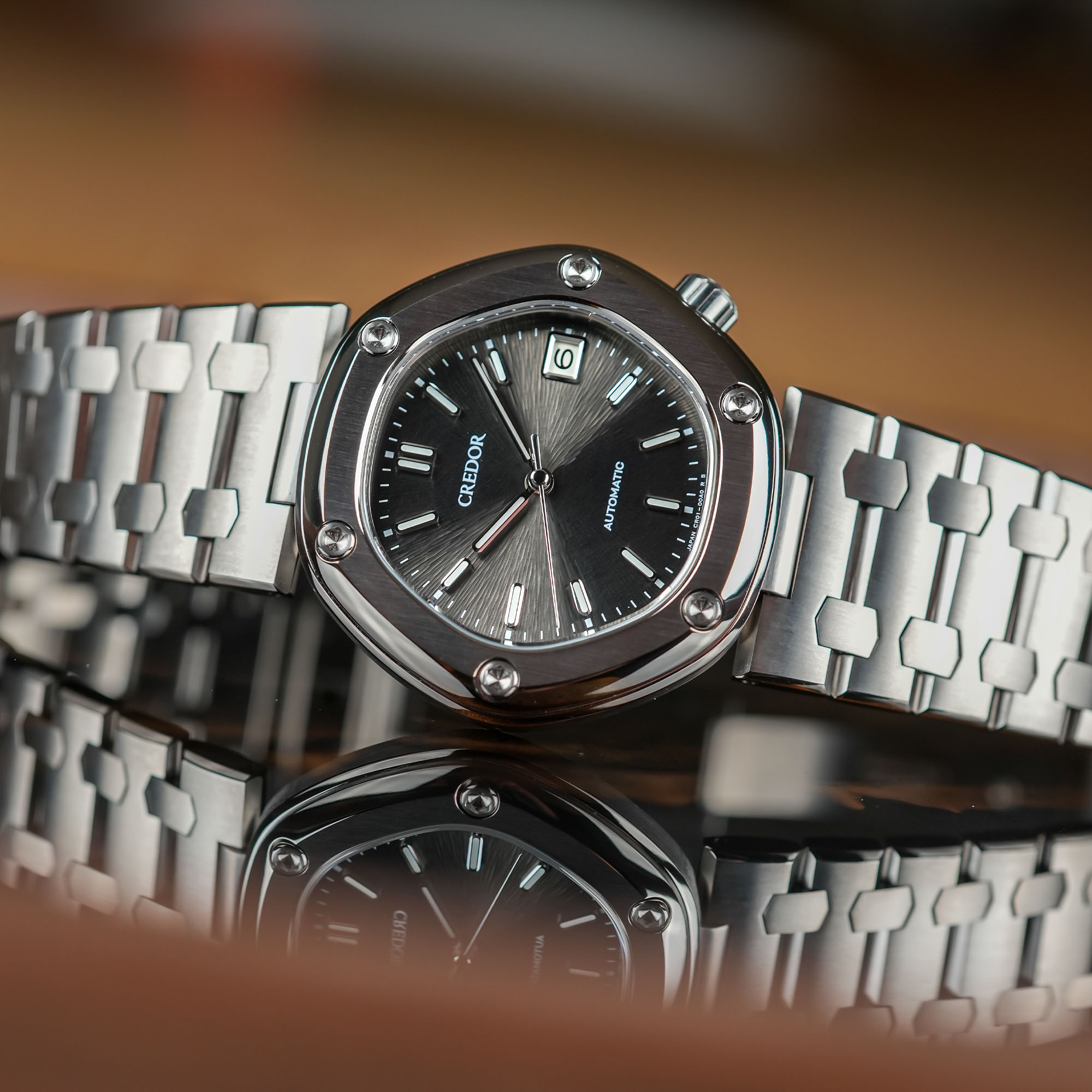

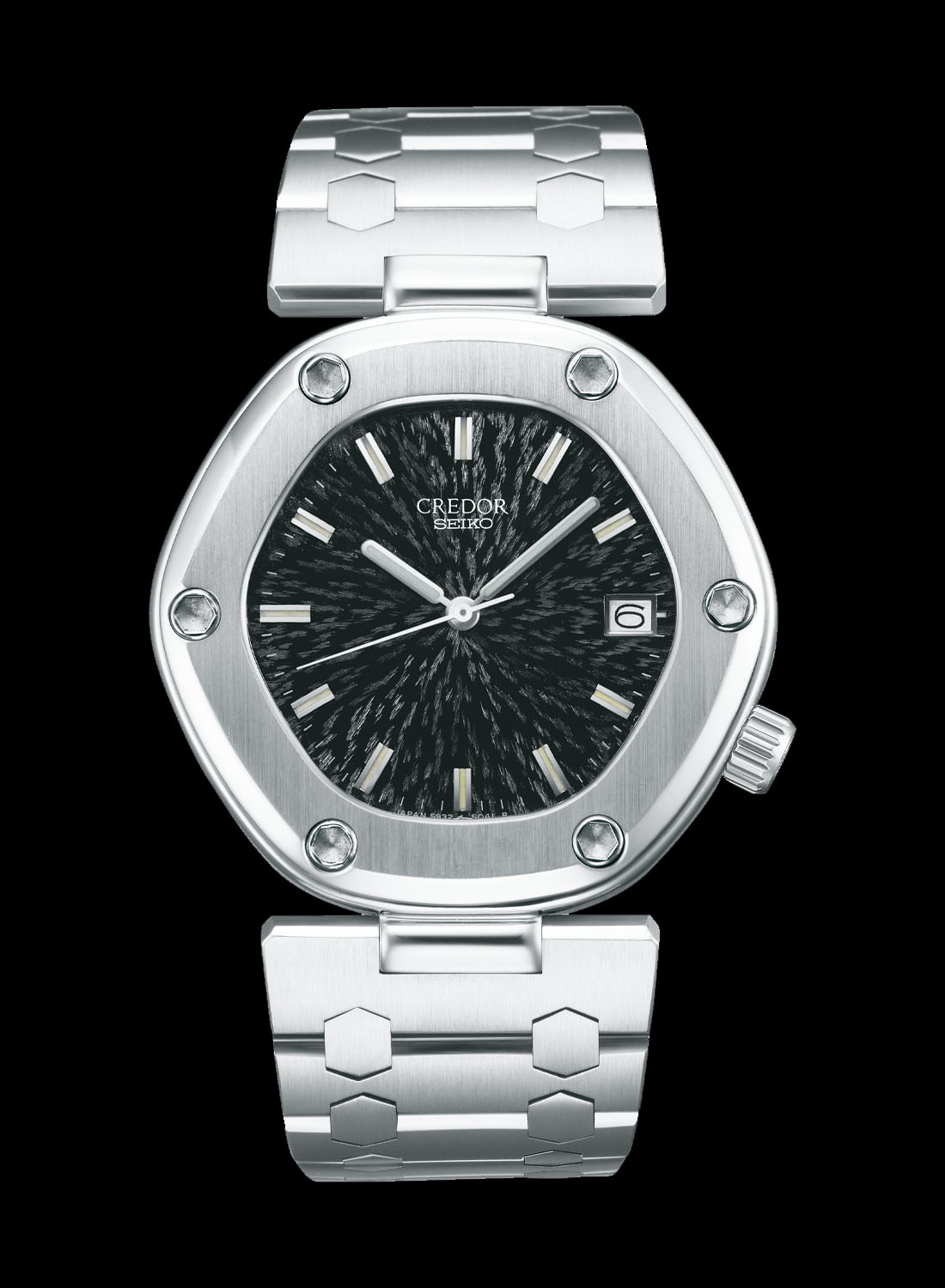
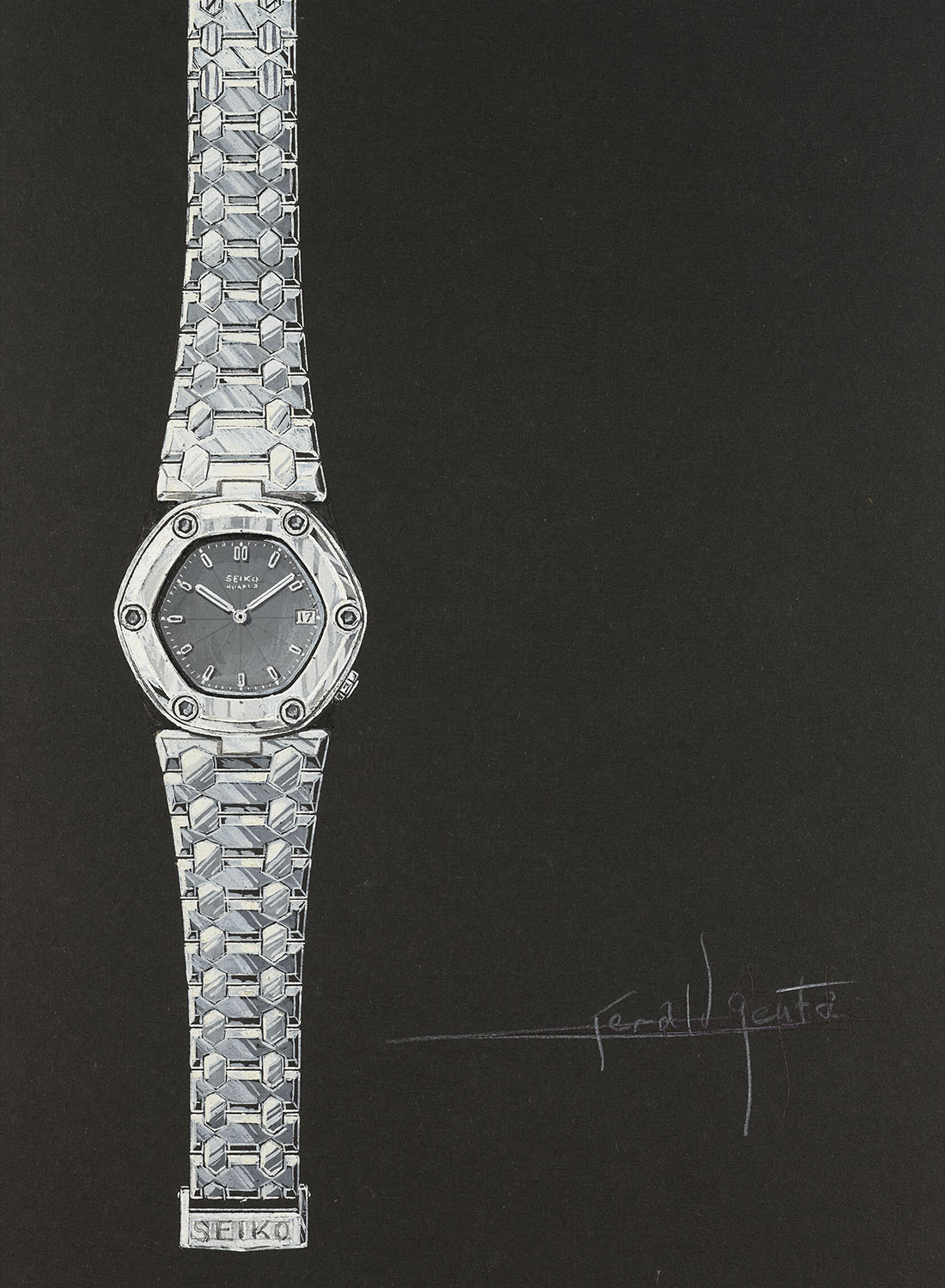
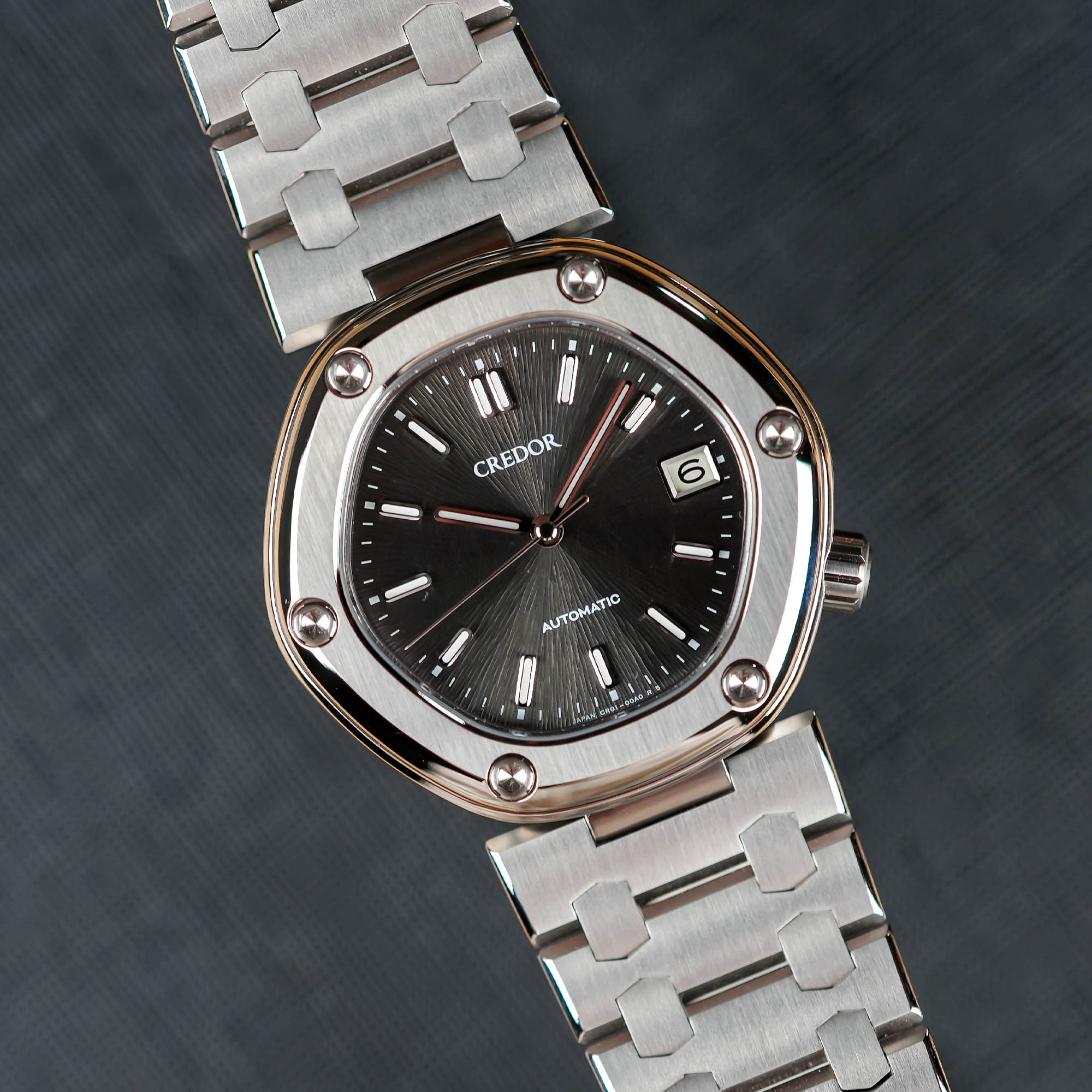
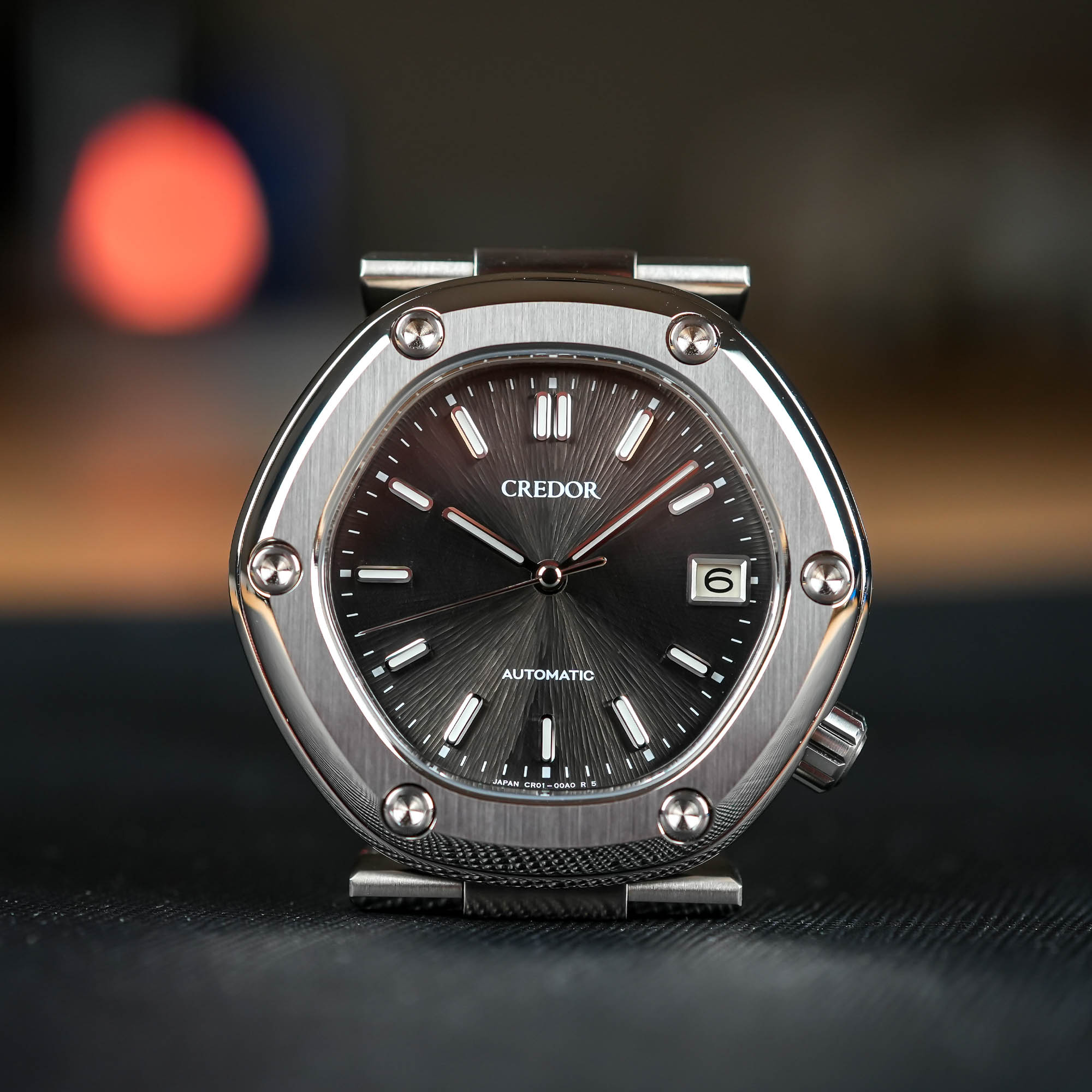
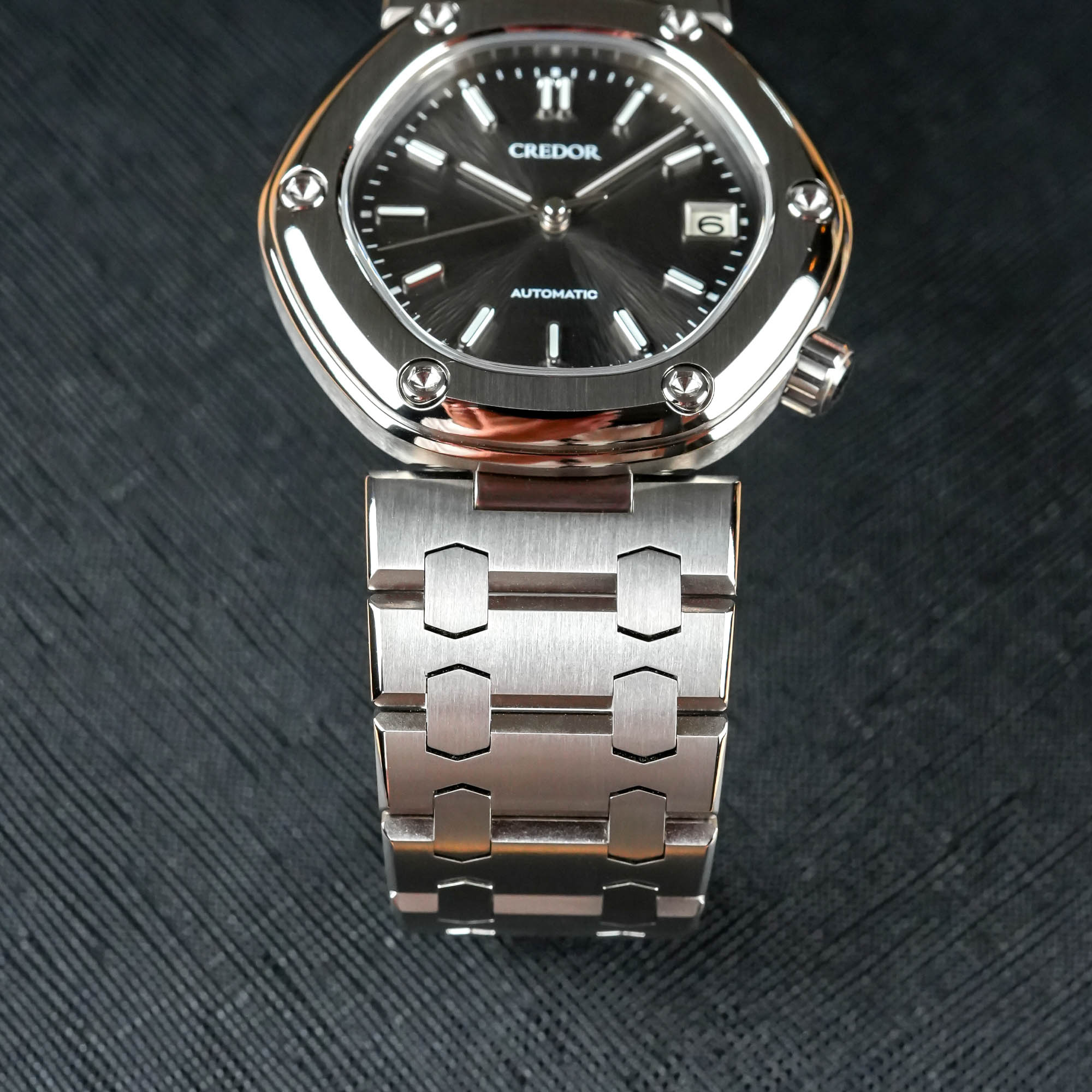
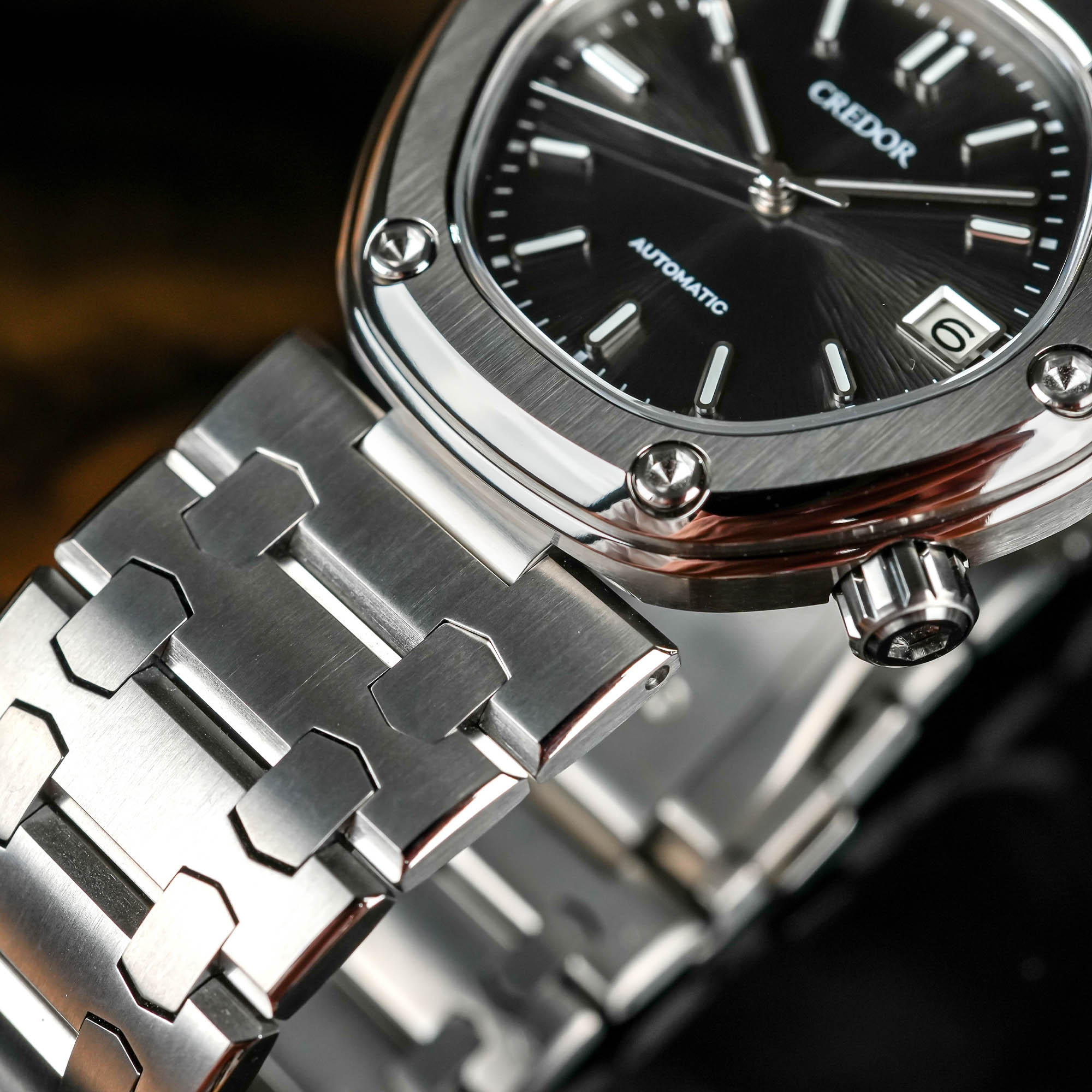
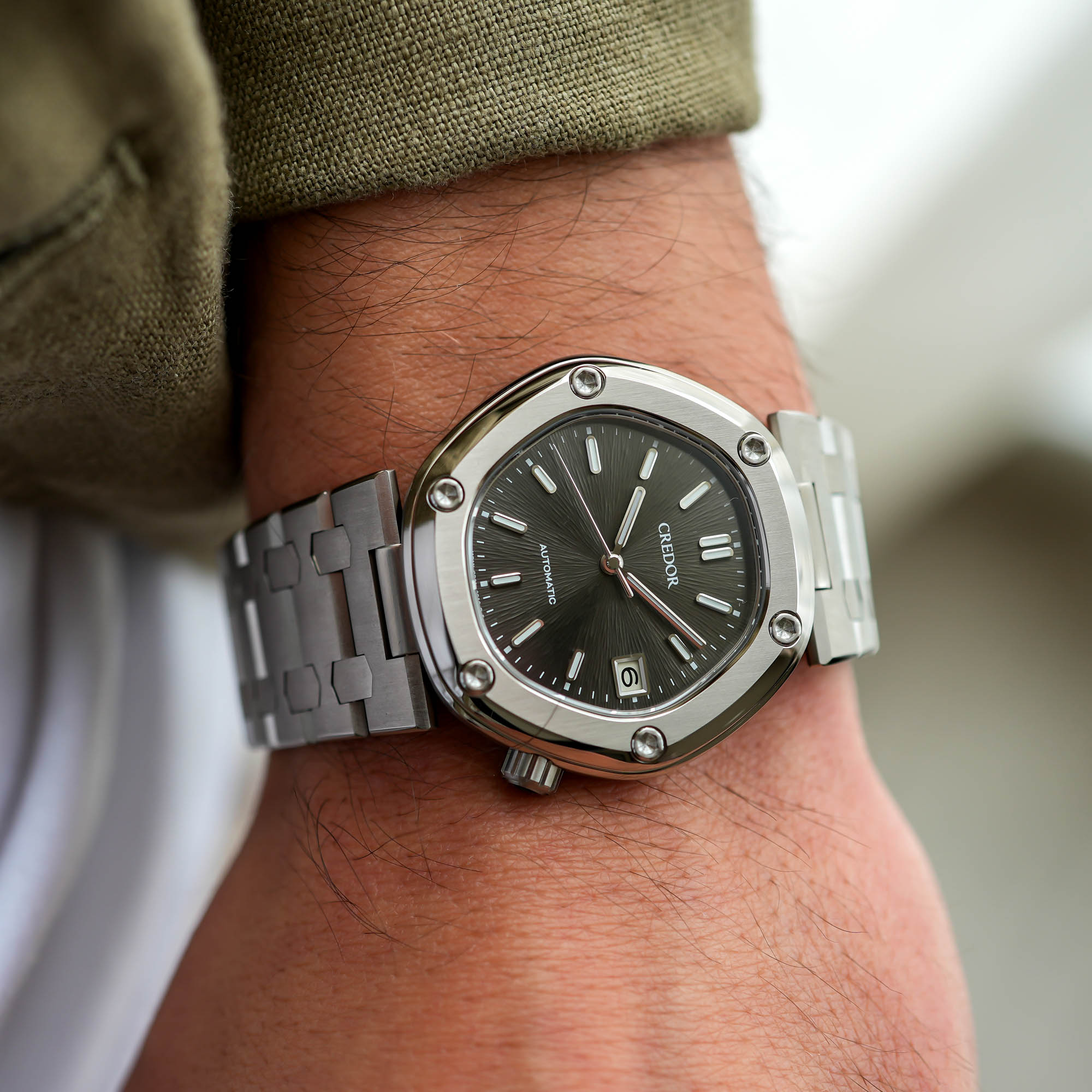
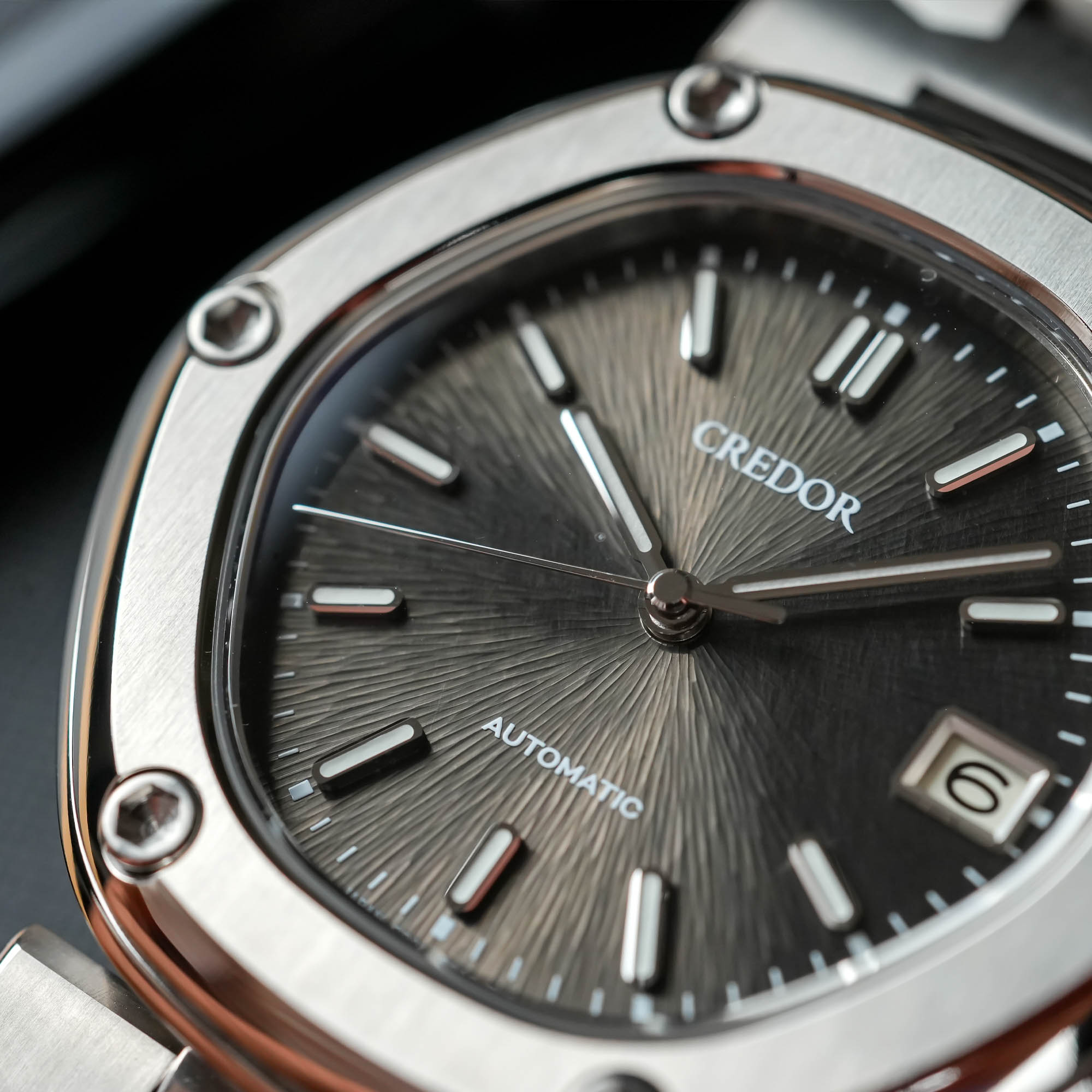
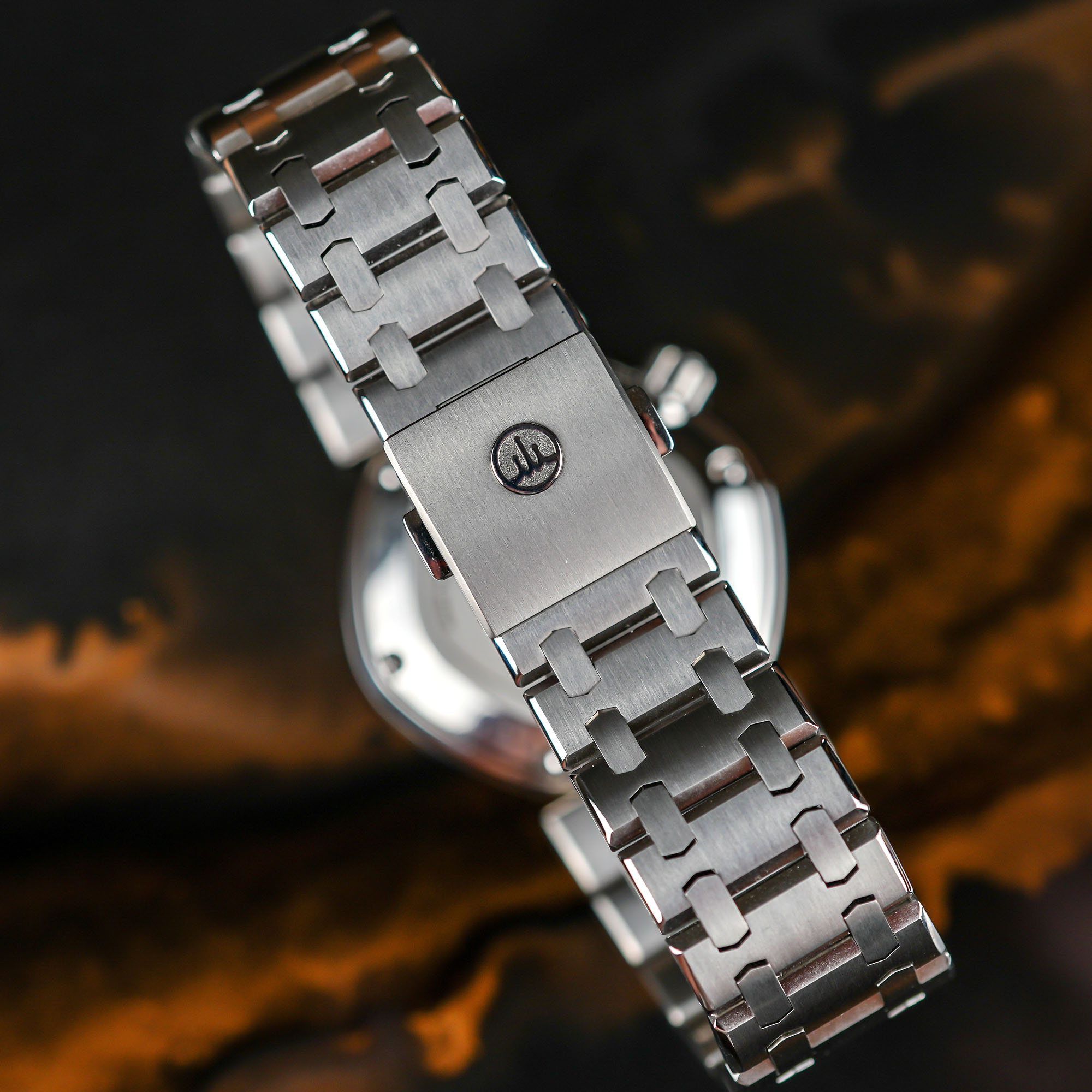
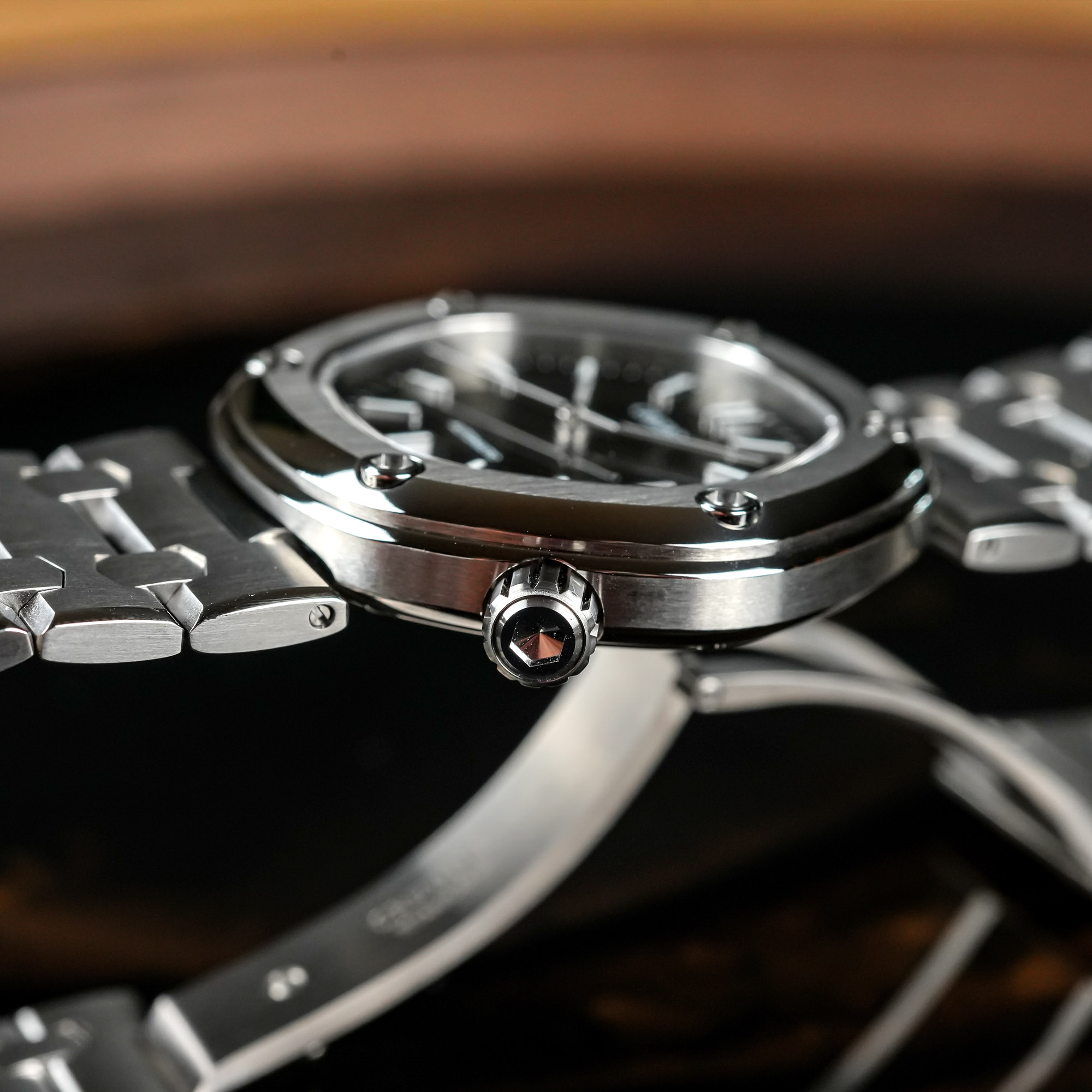
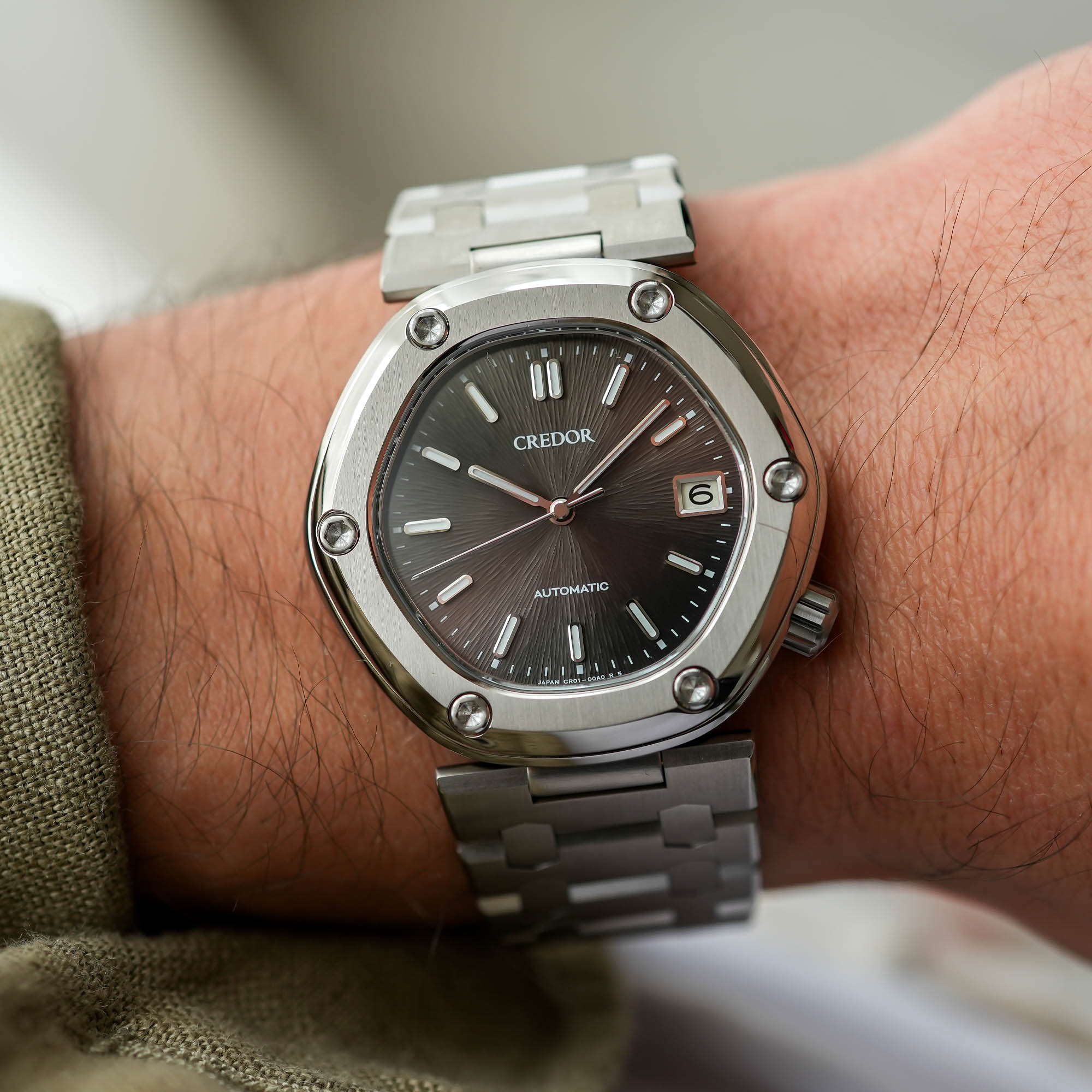

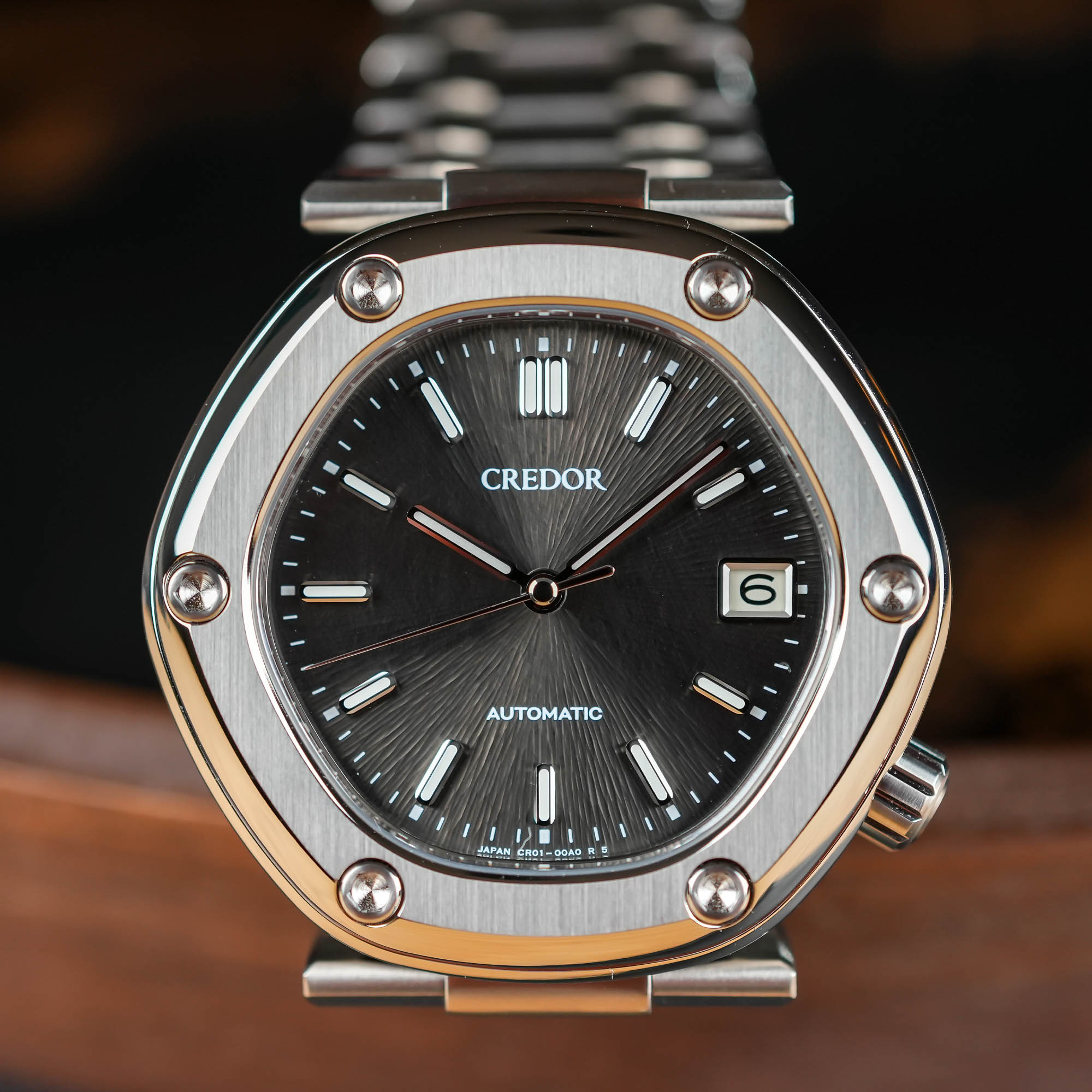
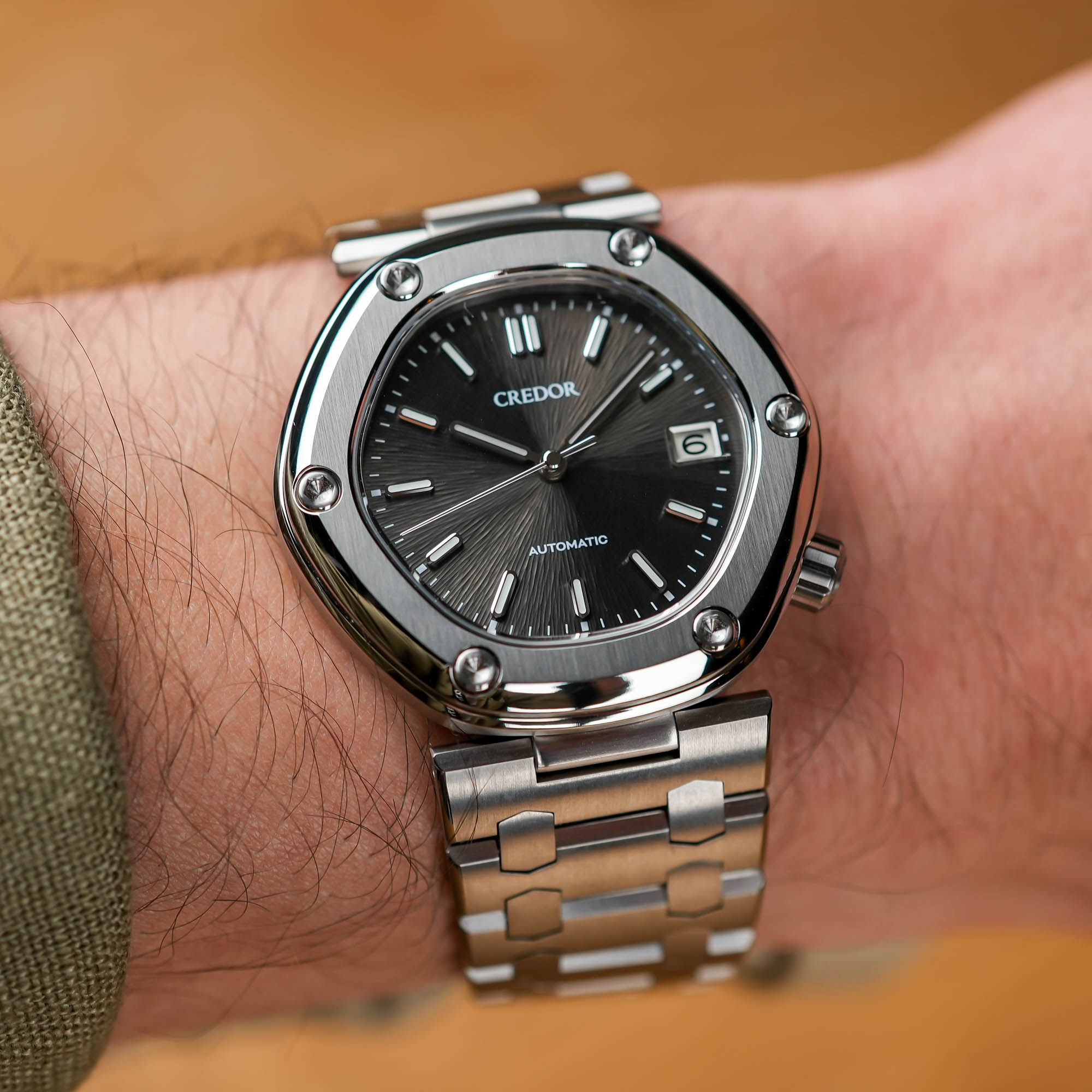



7 responses
Sorry,
Genta or not, that thing is butt ugly. As are quite a few Genta desings.
Lol
I find it nice, with great quality finishing, the only setback for me is the price, $12K!!
”He named it “Locomotive,” … to evoke the idea of a driving force – hoping it would inspire Seiko’s designers and craftsmen to cultivate a distinct identity.”
Very interesting, where did you find the source for this?
I quite like it, and for me it’s a sort of Genta, Tuna, dress/sport watch mash-up. I don’t see myself placing an order though…
One ugly watch…IMHO!